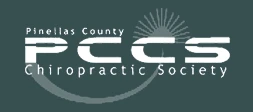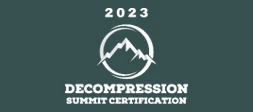Tennis/Golfers Elbow

What causes elbow tendinitis?
Elbow tendinitis, also known as “tennis elbow” or “golfers elbow,” is a condition that occurs when the tendons that attach to the lateral and medial epicondyles (the bony bump on the outer part of the elbow) become inflamed or irritated. The exact cause of elbow tendinitis is often a combination of factors, and it can develop gradually over time. Some common causes and contributing factors include:
- Overuse or repetitive stress: Engaging in repetitive motions or activities that involve gripping, twisting, or lifting can strain the tendons in the forearm, leading to inflammation. This is a common cause of tennis elbow, which can affect not only tennis players but also people who perform activities like typing, carpentry, painting, or using hand tools extensively.
- Incorrect technique or form: Using improper technique while participating in sports or performing physical tasks can increase the risk of developing tendinitis. For example, using poor tennis swing mechanics can contribute to tennis elbow.
- Muscle imbalances: Weakness or imbalance in the muscles of the forearm, wrist, or upper arm can lead to increased stress on the tendons, making them more susceptible to injury and inflammation.
- Age: Tendons naturally become less flexible and more prone to injury as people age, which can increase the risk of developing tendinitis.
- Previous injuries: A history of elbow or wrist injuries can weaken the tendons and make them more susceptible to inflammation.
- Excessive force or strain: Applying excessive force to the wrist and forearm, such as when lifting heavy objects, can strain the tendons and lead to tendinitis.
- Inadequate warm-up or stretching: Failing to properly warm up before physical activity or neglecting to stretch the muscles in the forearm can contribute to tendinitis.
- Poor equipment or ergonomics: Using equipment that is not suited to your body or work environment can place extra stress on the tendons. For example, using a poorly fitted tennis racket or working at a poorly designed workstation can contribute to the development of tendinitis.
How is elbow tendinitis treated traditionally?
Elbow tendinitis, also known as tennis elbow or lateral epicondylitis, is a condition characterized by inflammation and pain on the outer part of the elbow. Treatment for elbow tendinitis typically involves a combination of self-care measures, physical therapy, and in some cases, medical interventions. Here are some common treatments for elbow tendinitis:
- Pain Medications
- Brace or Splint
- Physical Therapy
- Corticosteroid Injections
- Surgical Intervention

How we treat tennis and golfers elbow
ESWT (shock wave) therapy and cold laser therapy are two of the main forms of treatment we use to combat elbow pain and help restore function. These therapies do not cover up the pain and symptoms, instead they are shown to work at the cellular level to assist in healing and tissue restoration.







